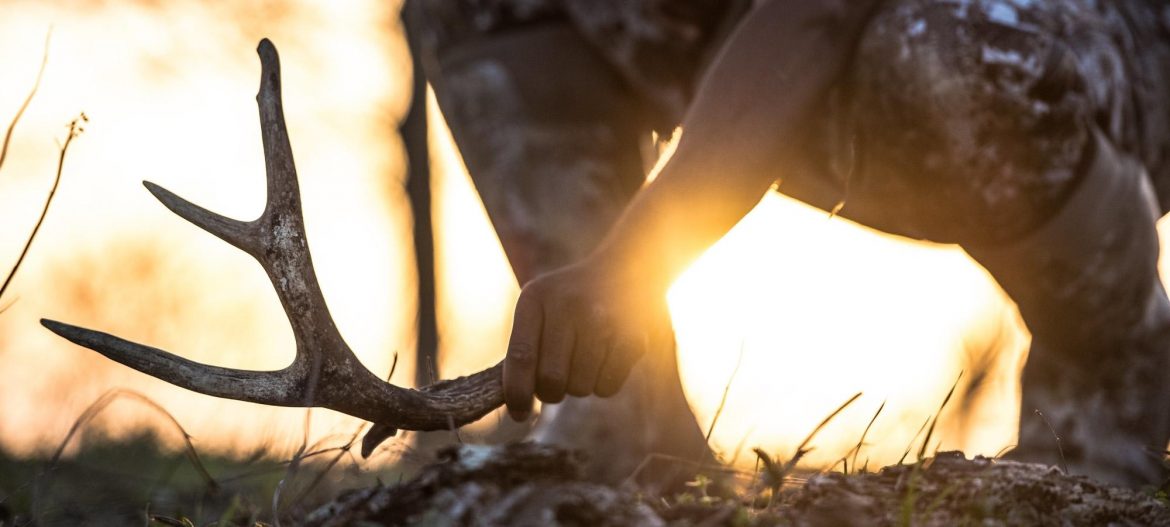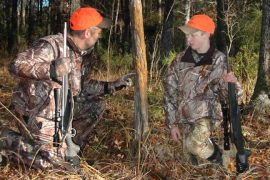
Finding shed antlers isn’t easy. If you want to know just how hard it is, go through your trail-cam inventory and count up the bucks you know or suspect made it through the hunting season. Then multiply that number by two (for each antler). Got your total? Now compare that to the average number of sheds you find each season.
Odds are you’re missing a whole lot of horns. Don’t feel bad. I know some of the best shed hunters on the planet, and they don’t get them all, either. But we can all get better. Through a combination of hard work and smarter searching, you can start to close that gap between the number of sheds on the ground and the number you actually find. Here are 10 tips for making this spring’s shed hunt your best ever.
1. Wait for it.

It’s natural to want to get started early, especially in areas where shed hunting is a competition sport. But if you want the most antlers for your efforts, wait until you know the majority of bucks have dropped both sides. Observe hot food sources from afar and keep trail cams out in popular feeding and travel areas. When you start seeing half-racks, gather your shed hunting gear. Spot a bunch of bald bucks, and it’s time to go scoop up some antlers.
2. Go to bed.

“Food is important,” says Dan Johnson, veteran shed hunter and whitetail blogger. “But to me, shed hunting is a lot like early- and late- season hunting; you want to know where bucks are bedding. Usually it’s in cover close to a food source, but also in an area with lots of direct sunlight (think south-facing slopes) and protection from the wind.” Johnson, who lives in southern Iowa, recently proved his theory by picking up eight sheds in a single day in such an area.
3. Slow down.

Spotting an antler usually means spying part of a nut-brown beam against an oak-leaf backdrop or a white tine tip against a patch of snow. The only way to do that—other than sheer luck—is to take your time. Don’t fall into the trap of thinking that finding more sheds is as simple as covering more ground. It isn’t. Instead of covering three miles as fast as you can walk it, cover half that amount at a leisurely pace. You might not walk as far, but you’ll probably find more horns.
4. Look within bow range.
It’s human nature to let your eyes bounce all over the landscape, hoping you’ll spot that tall-tined shed screaming to be found. But that’s a mistake says whitetail expert Mark Drury (druryoutdoors.com). “Most of the antlers I find are within that same range I’d expect to kill a good buck with a bow,” he says. “I’ve learned that if I can keep my focus in that 30-yards-and-under area—including frequent glancing right at…





